Published on Nov.15,2022
We harvested the 2022 crop Autumn Tie Guan Yin in the end of October. The tea garden is on the peak of Da Gu Shan Mountain in South Fujian. The altitude of the garden is 1000m, which is very high among the South Fujian tea mountains. The tea garden has been conformd to natural farming ever since 2020. No pesticide was used. This is a very dry Autumn of South China this year. There’s been no any rain for nearly three months. The farmers had to keep irrigating the garden by hand in September and October, and then it can be available for harvesitng in this dry season. In Oct. 22nd, the wind from the North came to Fujian bringing down the temperature to 20℃ below. The cool and sunny weather is ideal for the producing of high quality Tie Guan Yin oolong. The farmers of South Fujian call the Tie Guan Yin swept by north wind as “lucky oolong”. Because usually the tea stops growing before the north wind come. Only the very high mountain tea garden can.
The tea garden is on the peak of Da Gu Shan in South Fujian. The altitude of the tea garden is 1000m. This is just one day before the tea is harvested.
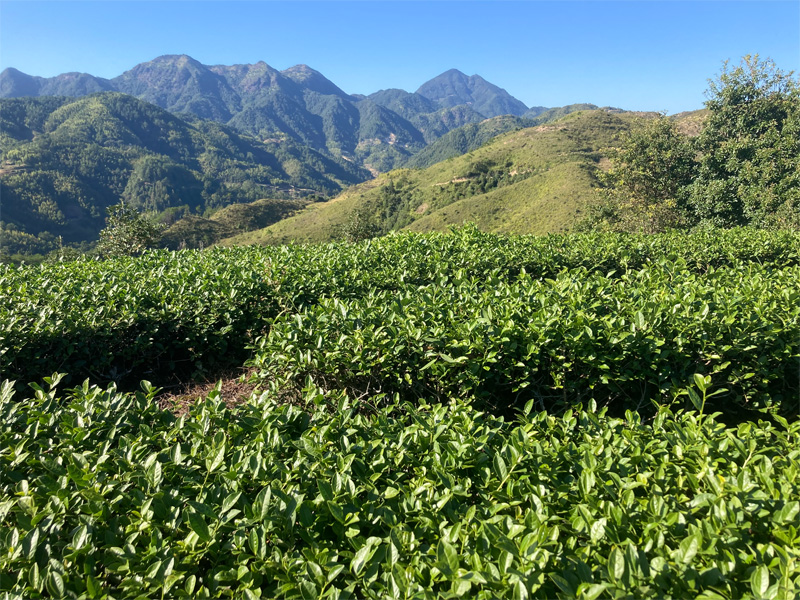
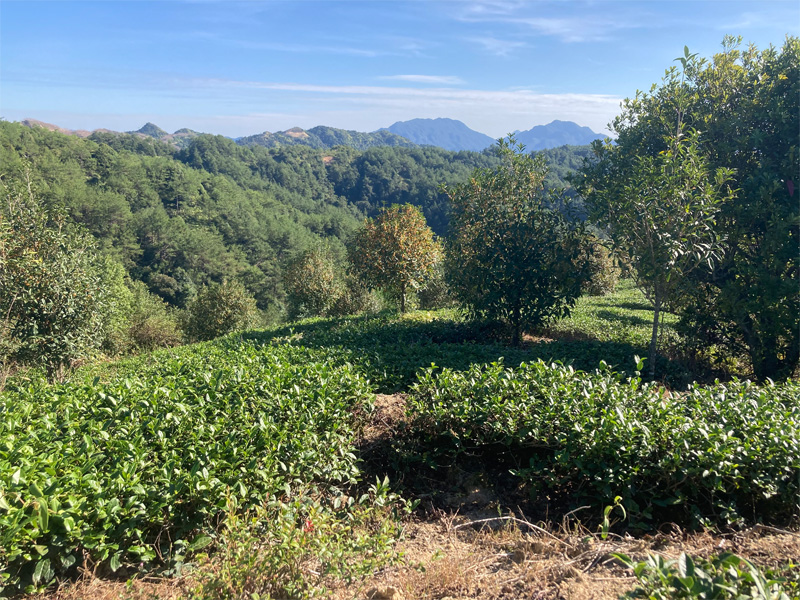
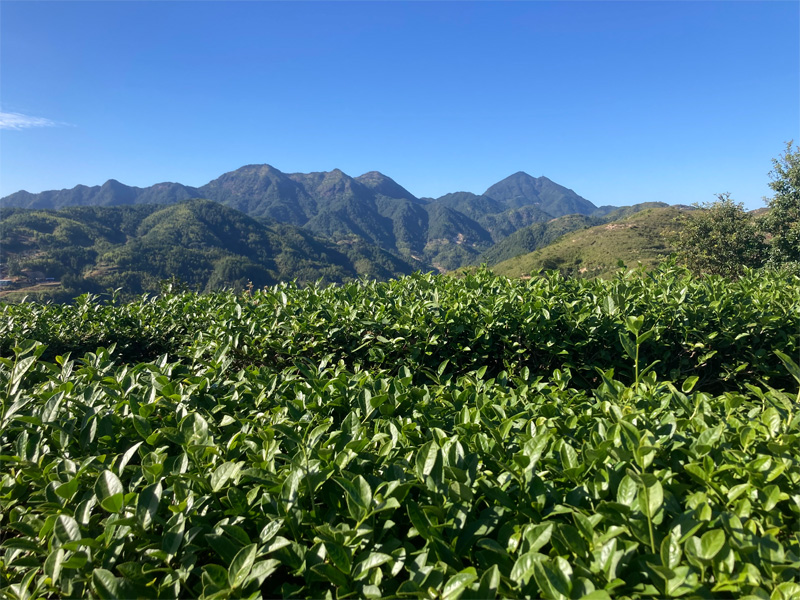
The tea garden is surrounded by good forestry. And osmanthus trees are also inter-planted in this tea garden.
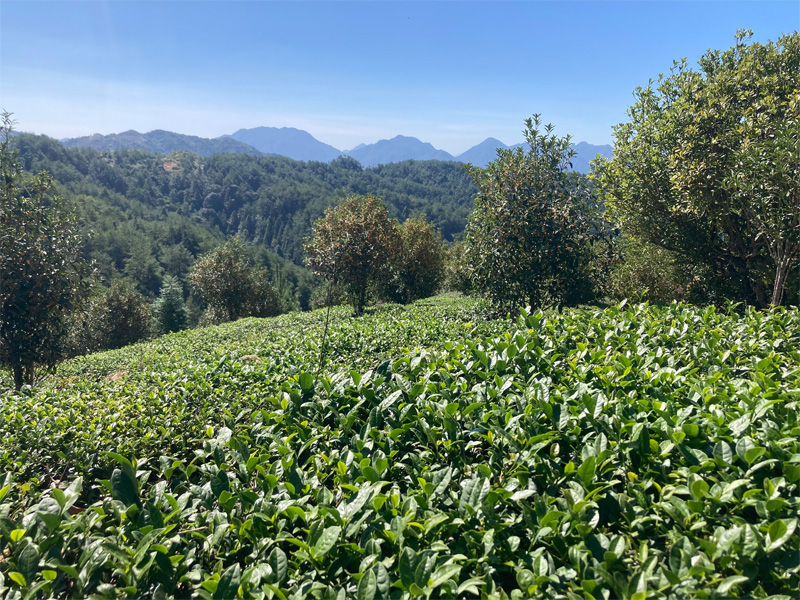
The osmanthus flower just blooms. Osmanthus flower only blooms in late Autumn when the weather become cool. This tiny yellow flower gives the tea garden a fascinating osmanthus fragrance.
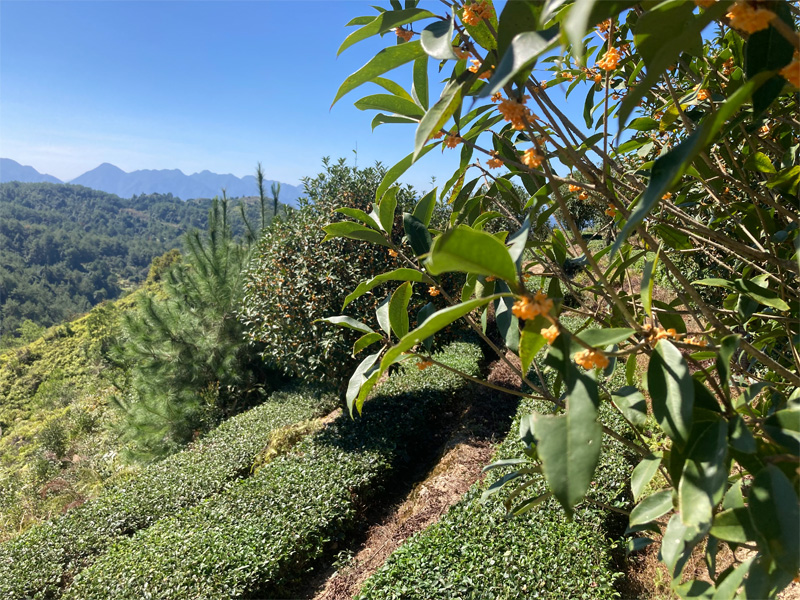
This is Tie Guan Yin tea cultivar. It has short oval shape, with saw edge. And the leaf is thick.
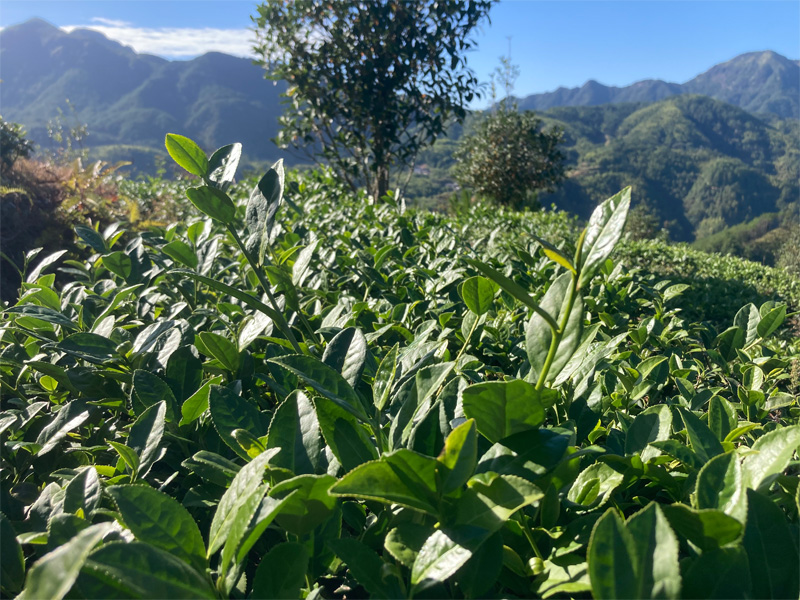
The harvesting timing is critical to the quality of Tie Guan Yin. The tea leaves can neither be too old nor too young. Otherwise the flavor and taste of outcome tea won’t be good. The experienced tea farmer (tea master) decides when the tea is ready for harvesting.
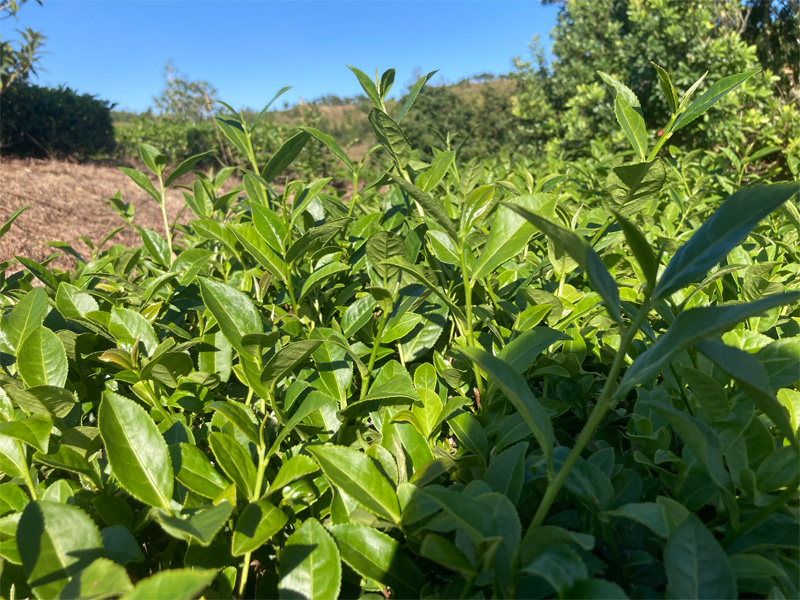
The tea is harvested by hand. The harvseting of Tie Guan Yin is relatively not so difficult as green tea. Because it harvests long tea shoot, one bud three leaves or four leaves. While green tea requires single bud, one bud one leaf or two leaves.
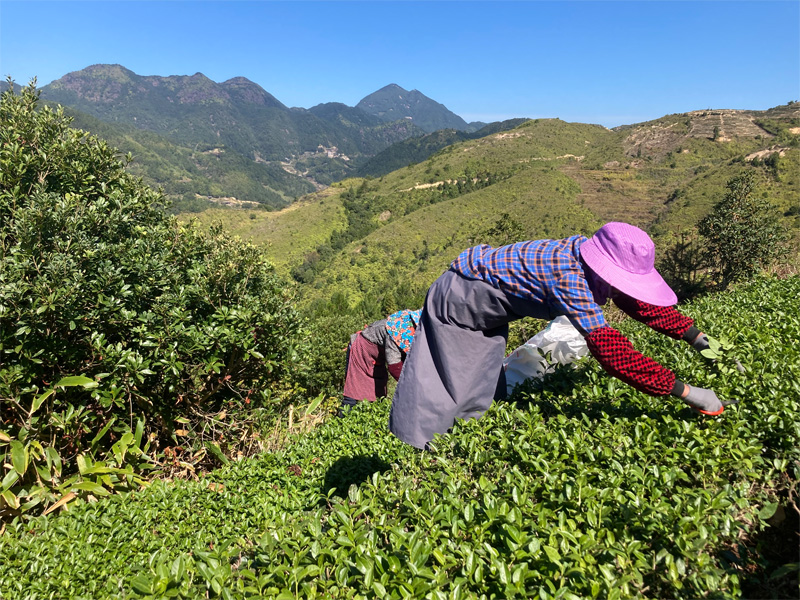
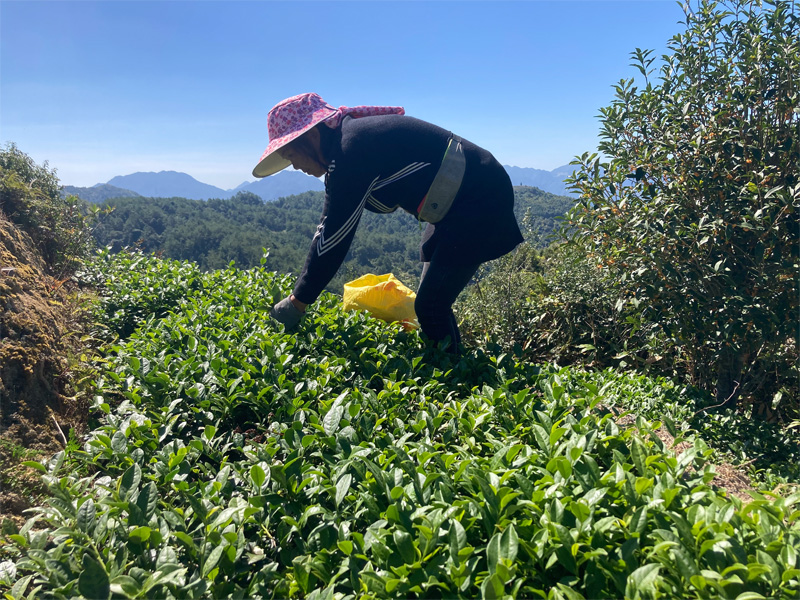
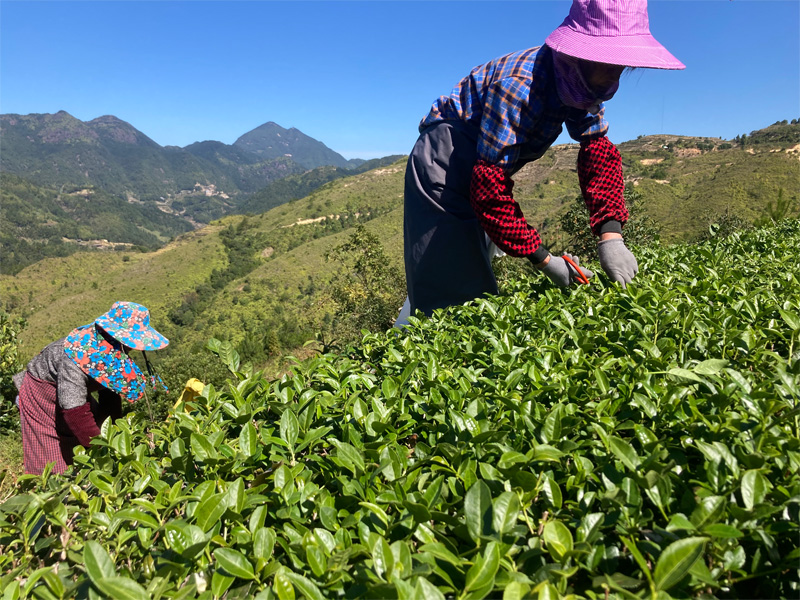
After the tea is harvested, it is spread on the ground for withering outdoor. The withering is carried out in the evening, and lasts around one hour. (It doesn’t require long withering under the dry climate. Because the tea carries less moisture content).
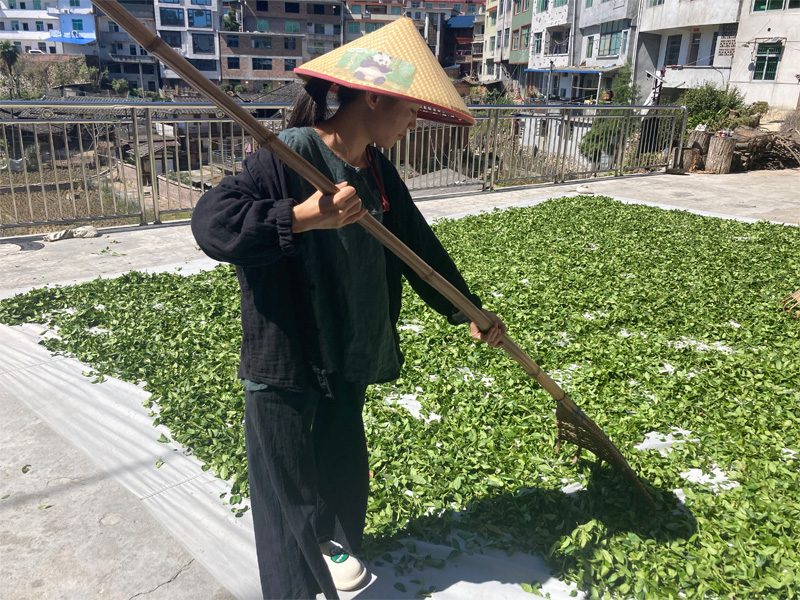
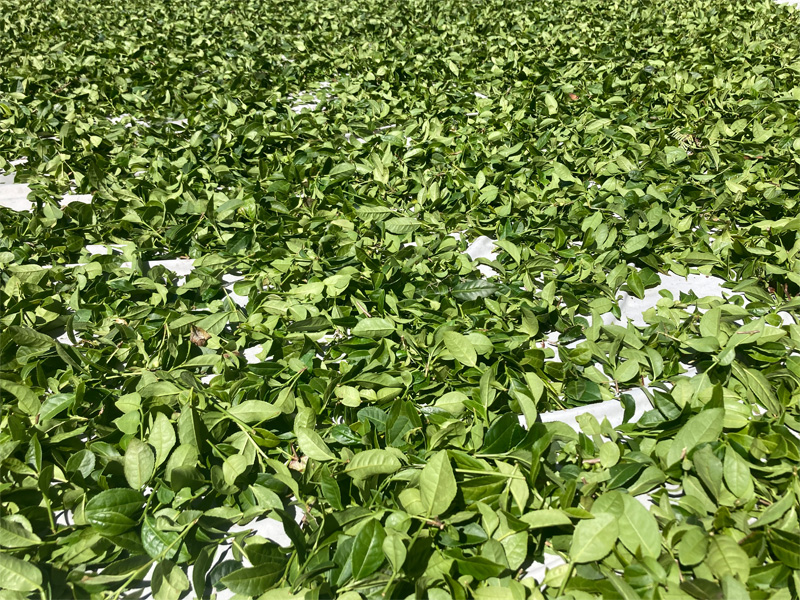
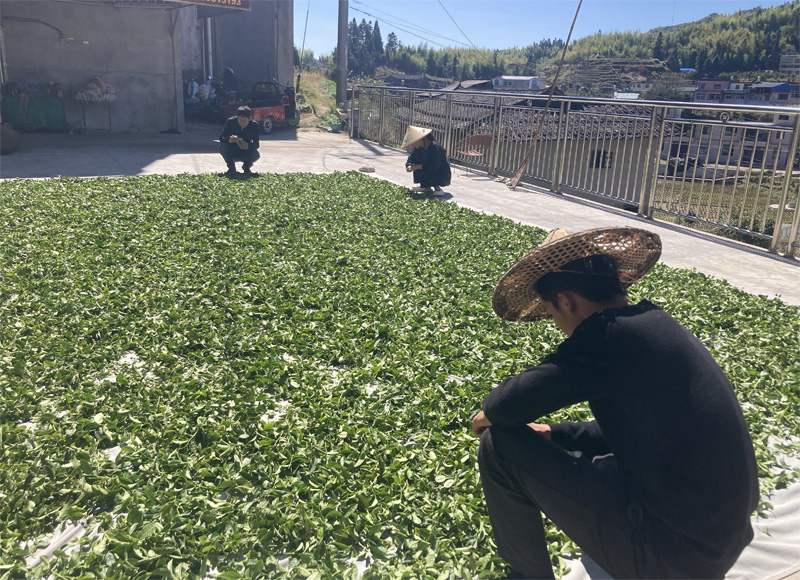
After withering, the tea is sent for Zuoqing (The combination of Shaking and colliding and put for fermentation). The tea is rotated in a round bamboo drum for around ten mins and then further shaken and collided on a bamboo plate. During these processings, the tea leaves get damaged, especially on the surface and edge part.
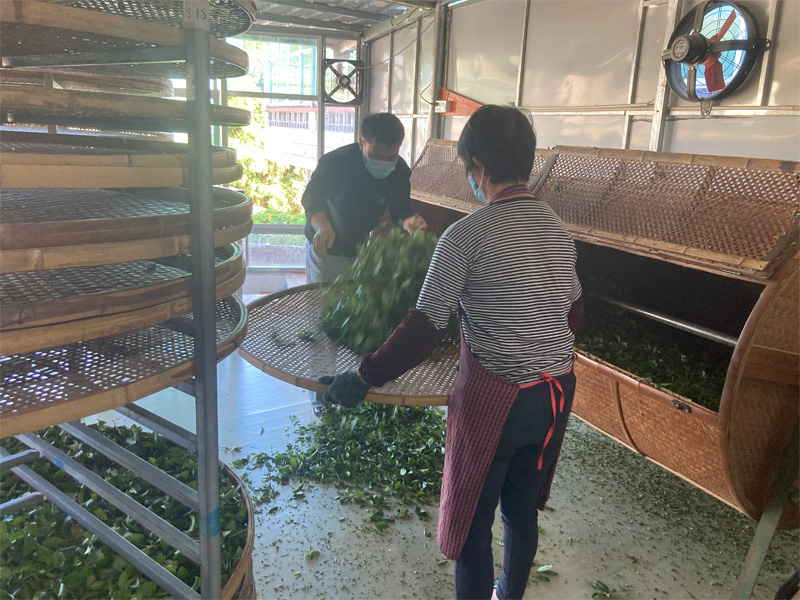
After shaking and colliding the tea is put on the bamoo plate for fermentation (oxidation). The theory applied in this processing is that the tea juice in the damaged cells on the surface and edge of tea leaves will come up to react with oxygen. While the tea juice in the inner part of the leaves remains un-fermented, because in the inner part, the tea cells remain intact and protected from oxidation by the cell membrane. That’s why oolong tea is semi-fermented, partly fermented and partly un-fermented.
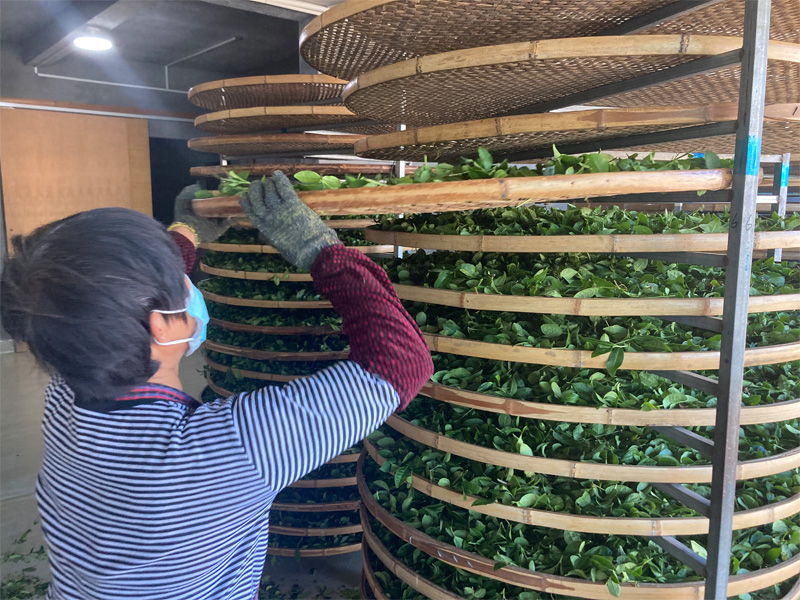
The fermentation is conducted in air-conditioned room. The temperature is set at 16℃.
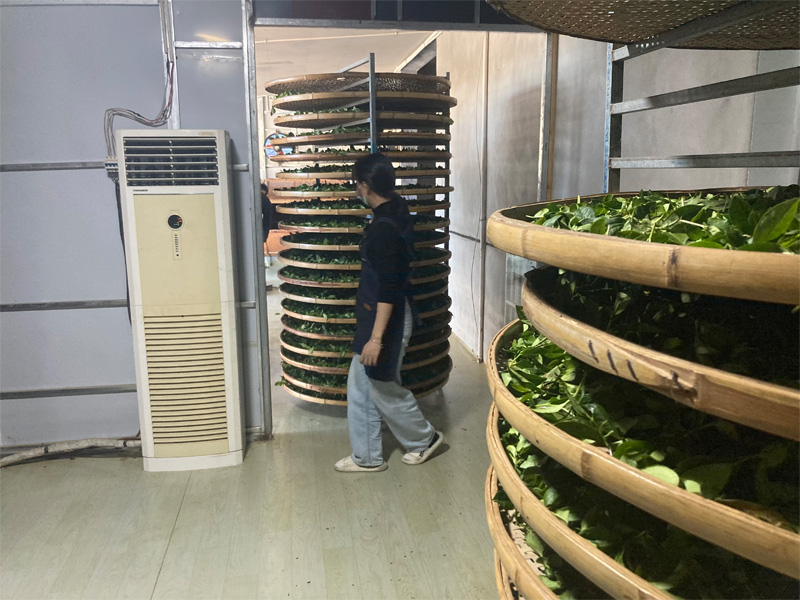
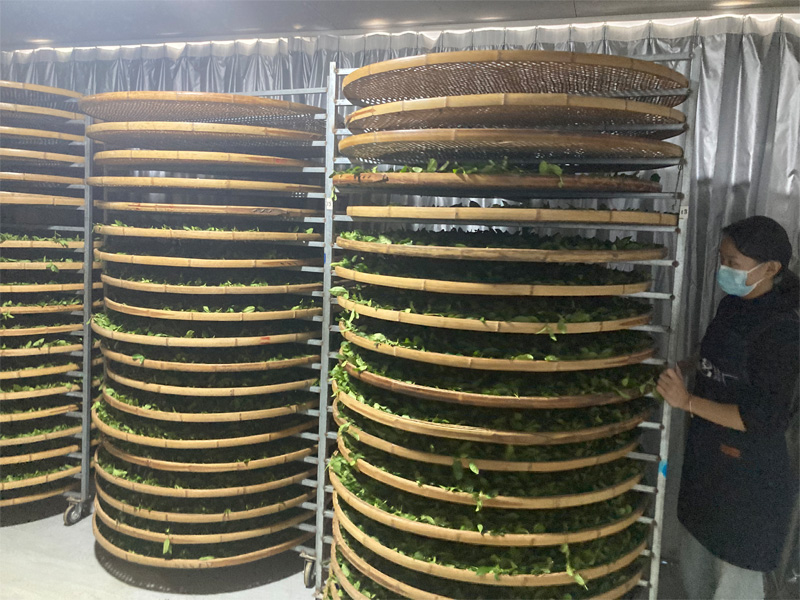
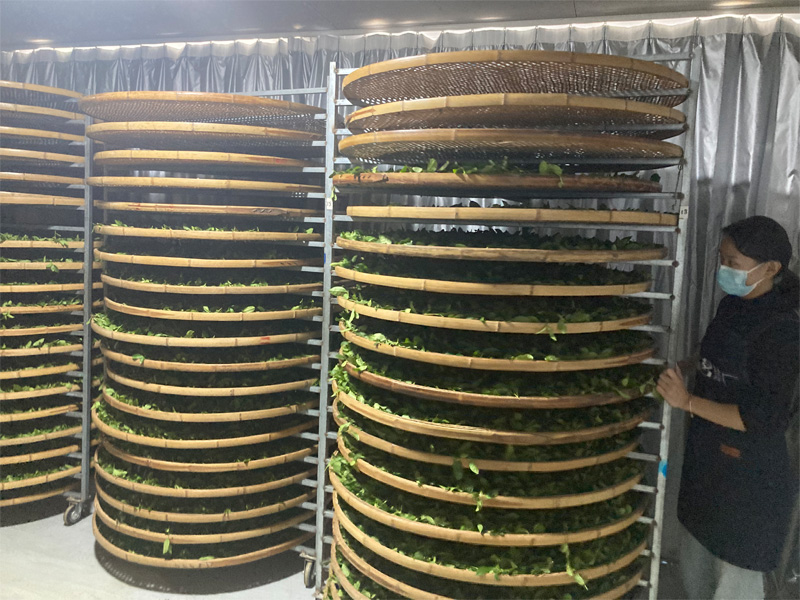
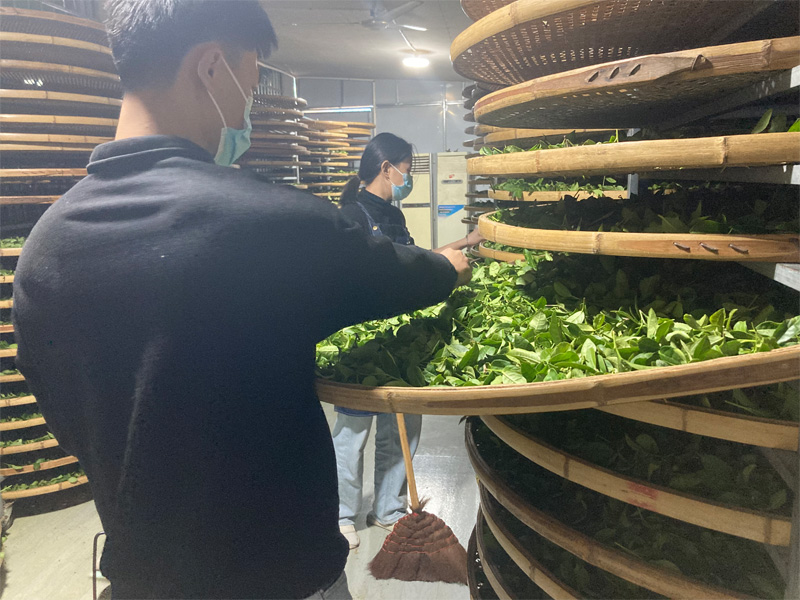
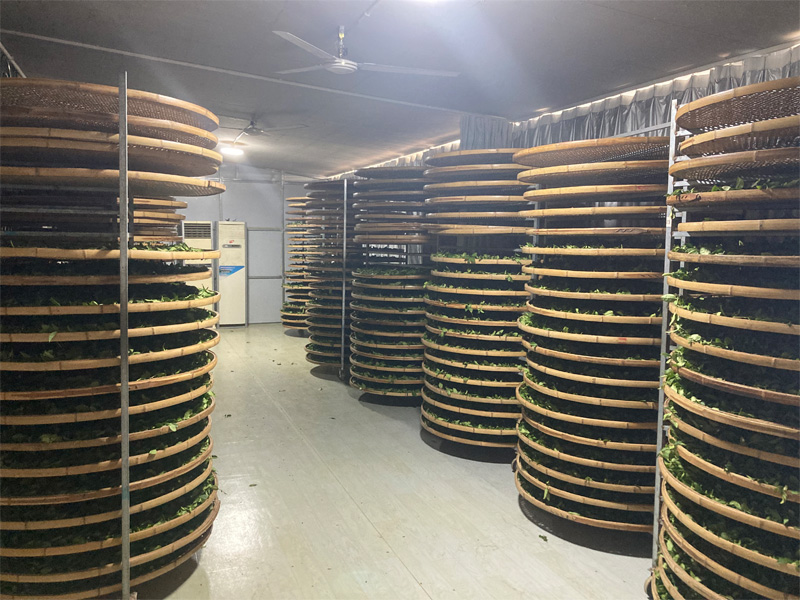
The fermentation in the air-conditioned room lasts around two or three hours. And then it is moved outside for another round of shakind and colliding. Usually the shaking and colliding and put fermentation repeats three or four times, depending on the actual conditon of tea leaves. Zuoqing is the most critical processing to decide the quality of Tie Guan Yin, after the quality of material is decided.
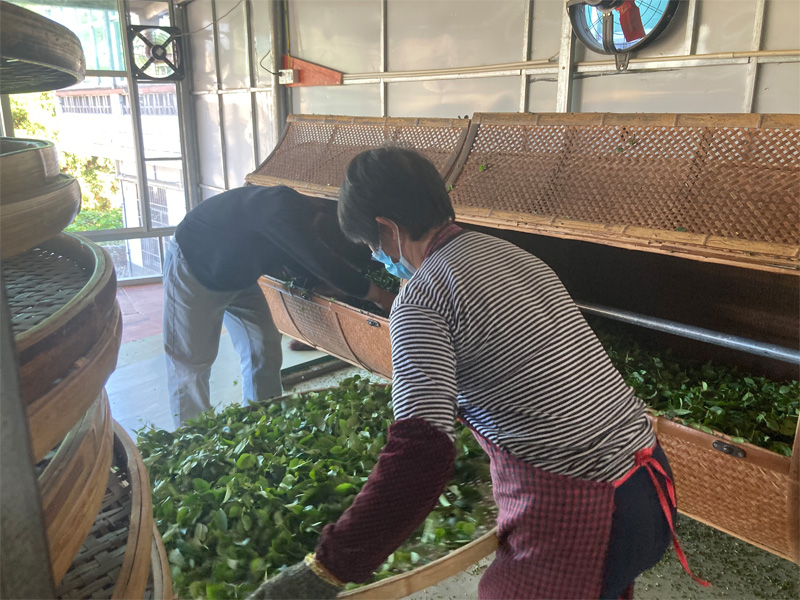
This is the tea leaf after the first time of fermentation.
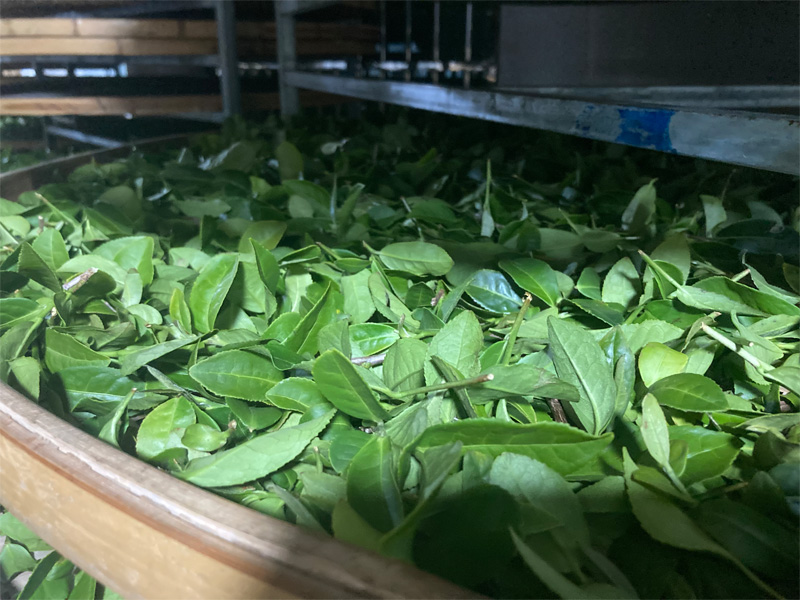
This is the tea leaf after the last time of fermentation. We can see the edge and surface parts are fermented obviously. While in the central part of the leaf, it is still green and not fermented.
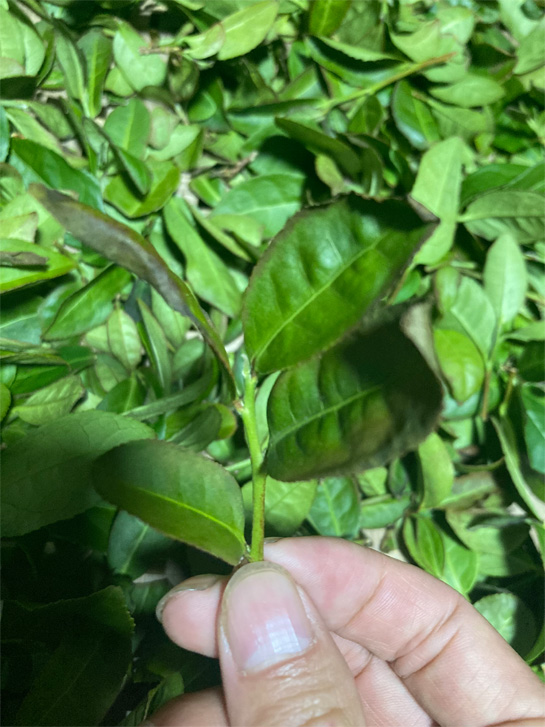
After the tea is well fermented, the tea is fried in the drum to fix the quality (To kill the tea leaves, and there will be no fermentation anymore onwards. Because the enzymes in the tea were killed by high temperature). It is usually conducted in the next morning. During the frying of tea, all the workroom is filled with charming orchid like smell, brought by the the good fermentation of tea.
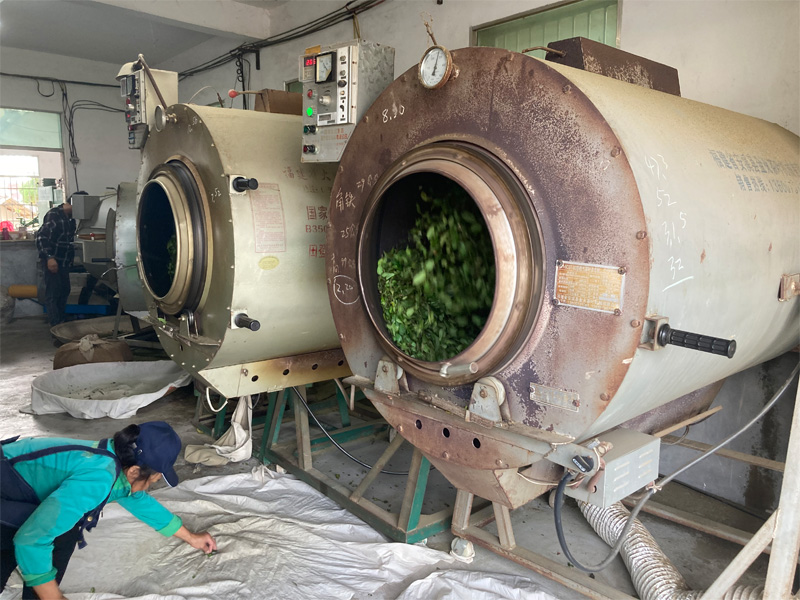
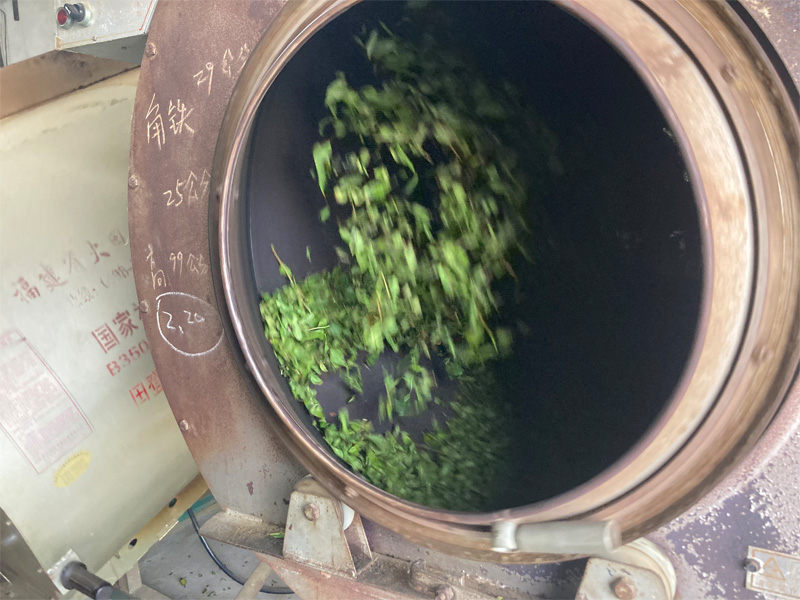
This is the fried (killed) tea leaves.
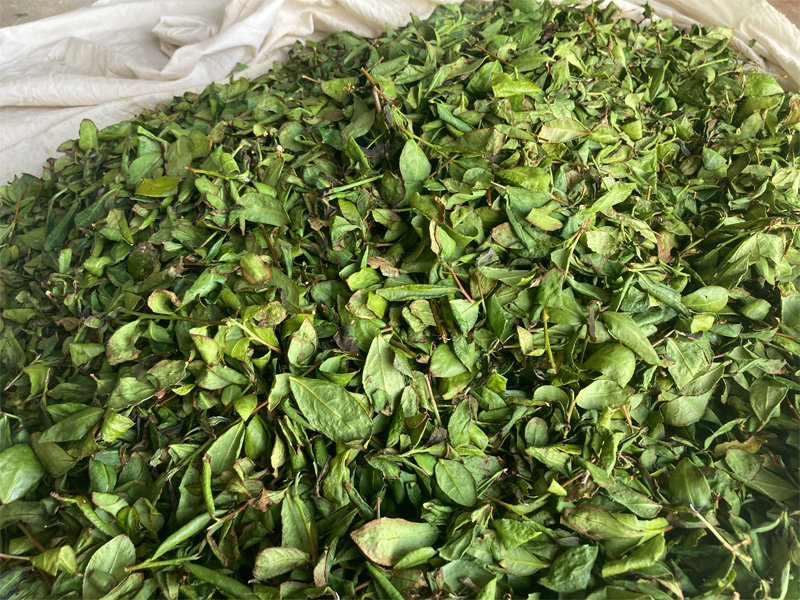
After the tea leaves are fried, they are packed in a cloth bag and then tied on a simple machine which will rotate the cloth bag and fling it on a hard flagstone. This is the special processing of qing xiang Tie Guan Yin. It is conducted to remove the deep fermented part of the leaves. The theory applied in this processing is that the deep fermented part of the leaves is more crispy after the frying, because it carry less water content than the center part. The flinging on the flagstone smashes the crispy part. And later the broken pieces will be sorted out. That’s how qing xiang Tie Guan Yin is made. (qing xiang Tie Guan Yin is less fermented. Because its deep fermented part of leaves were removed by the flinging processing).
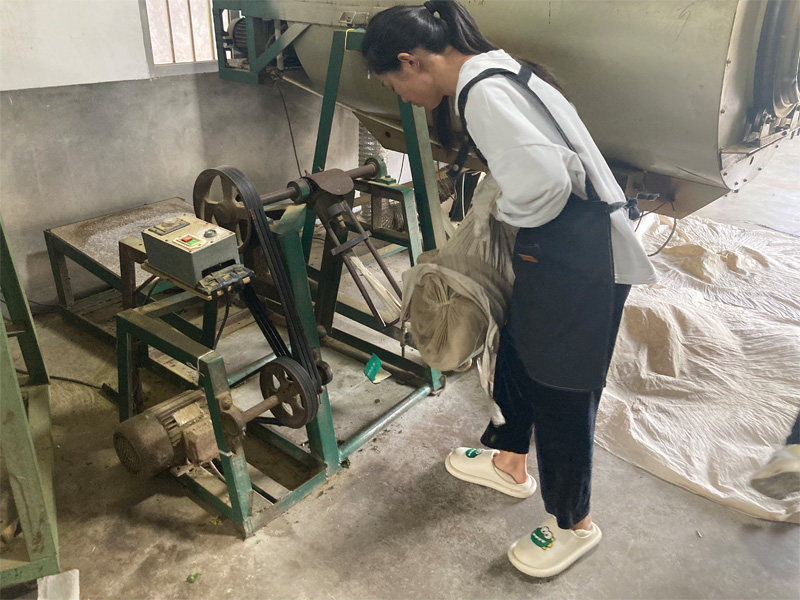
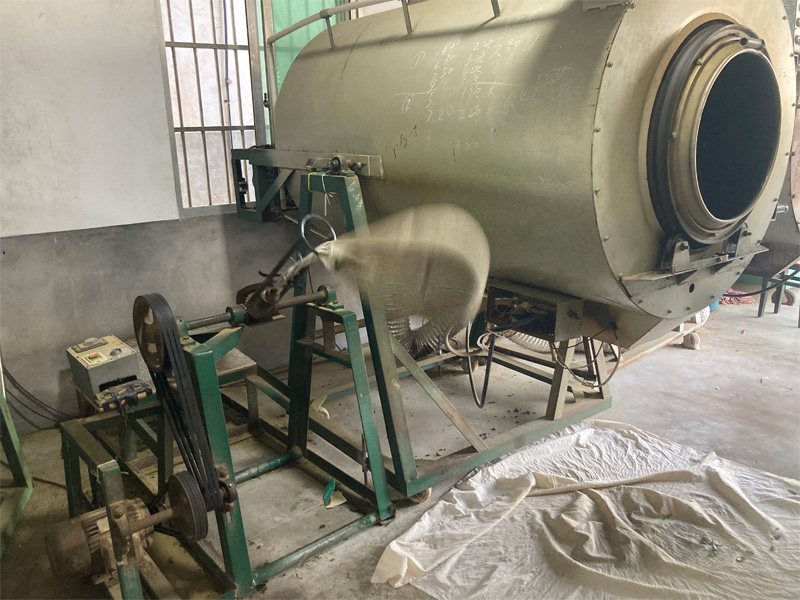
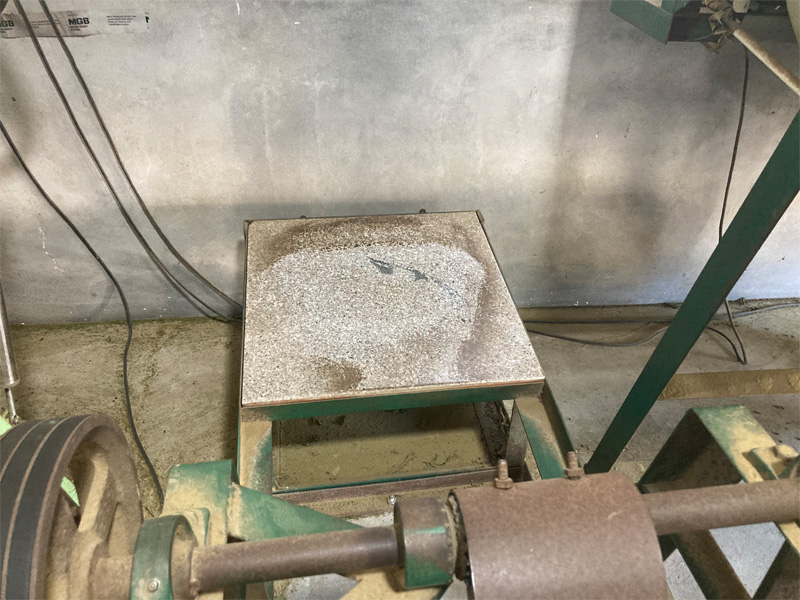
This is the tea leaves after flinging and the broken pieces were sorted out.
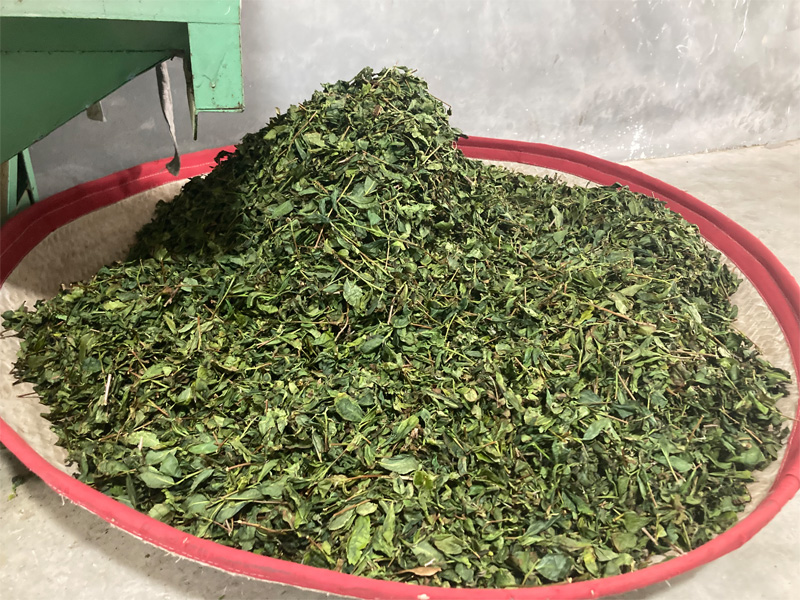
This is the brewed leaves of Qing Xiang Tie Guan Yin. We can see the leaves are not complete, which is the result of the above flinging processing.
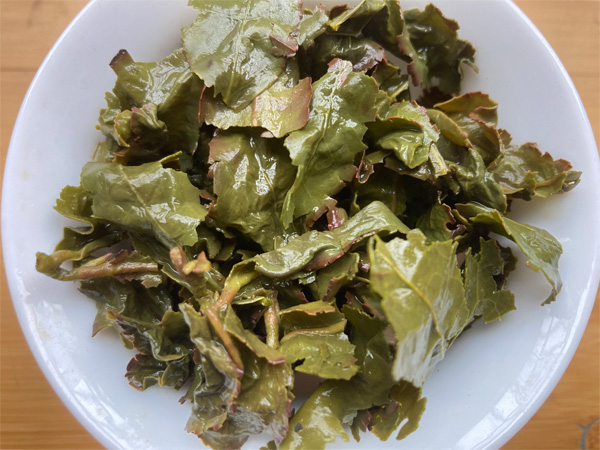
The tea now goes for bag rolling processing. The bag rolling makes the tight and heavy tea body of Tie Guan Yin (Iron Goddness of Mercy).
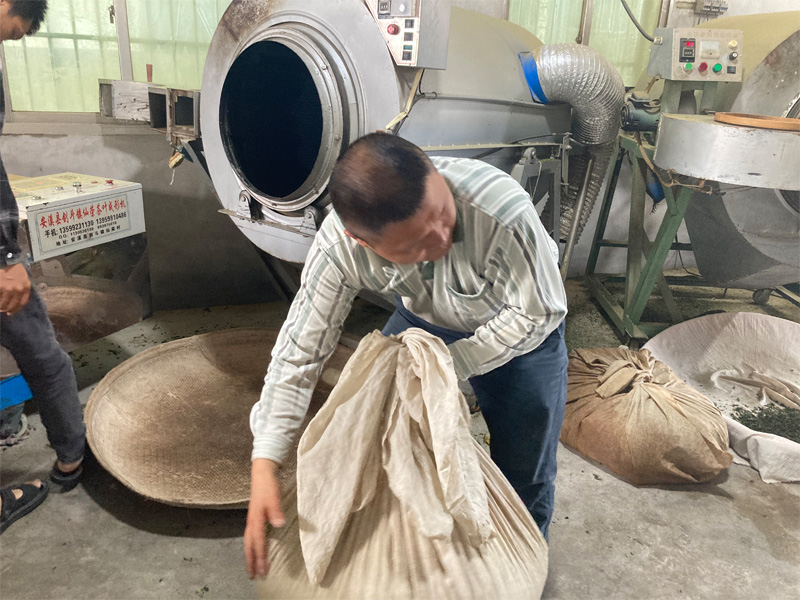
Around 10 kilos of tea is packed in the bag.
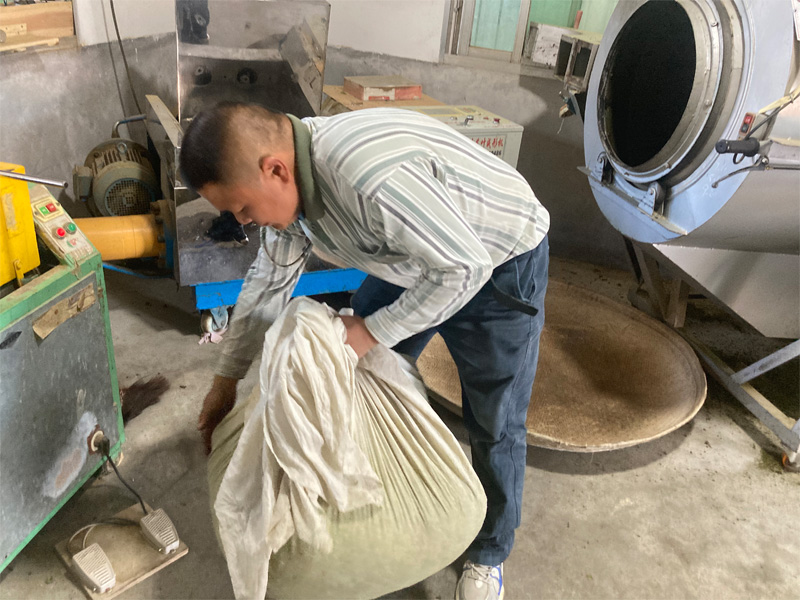
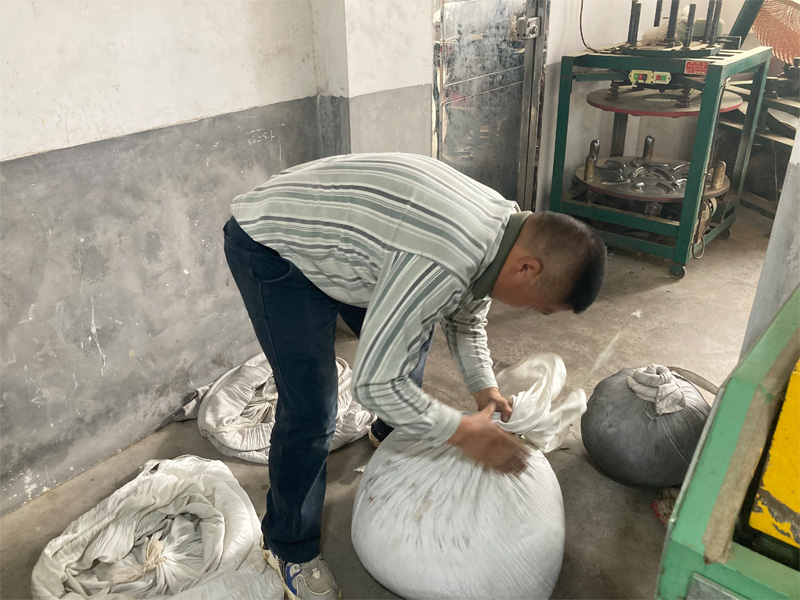
Bag rolling is a hard work. It needs a strong young man to handle it.
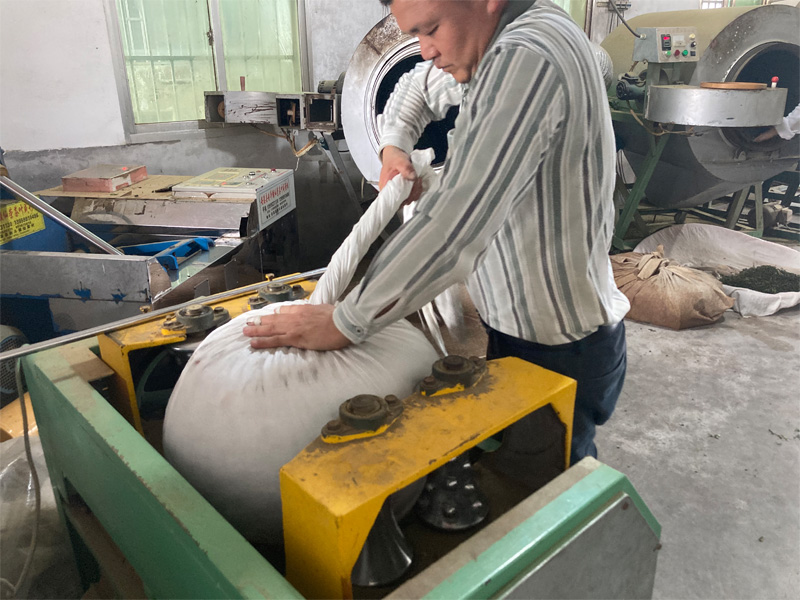
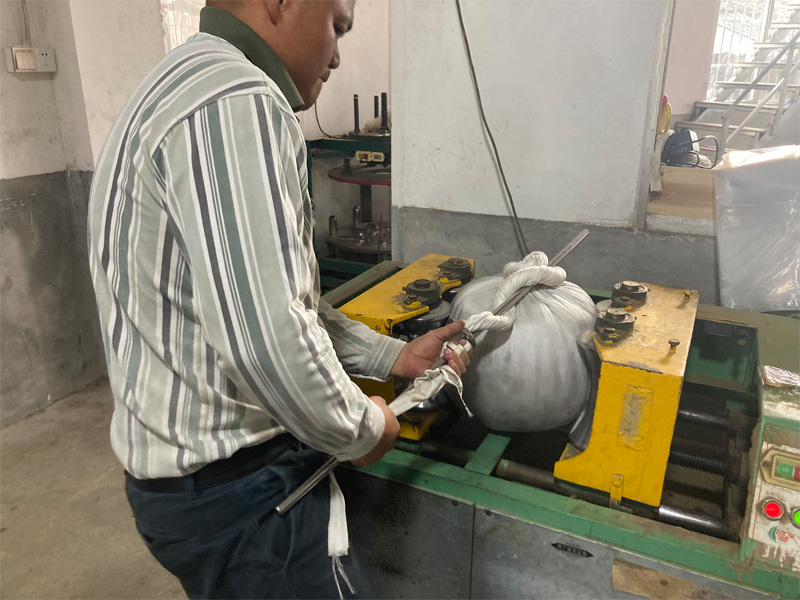
This machine helps make the tight round bag.
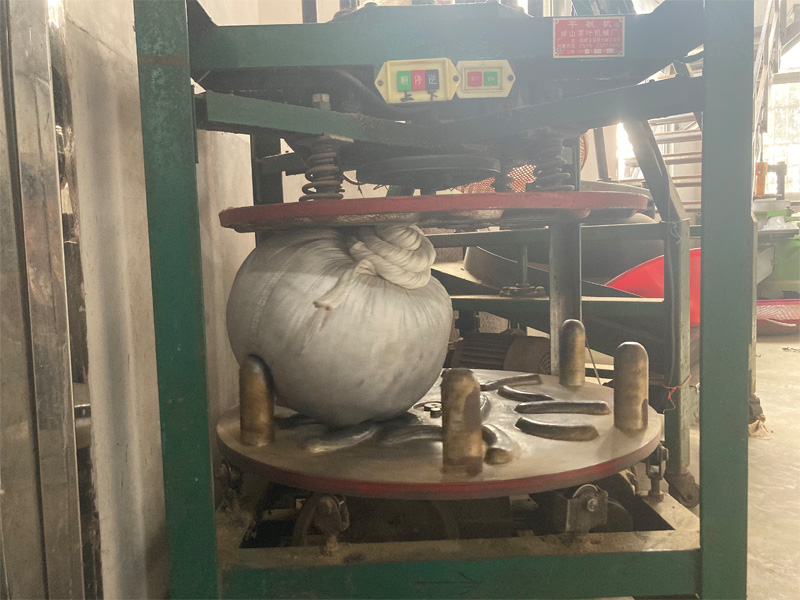
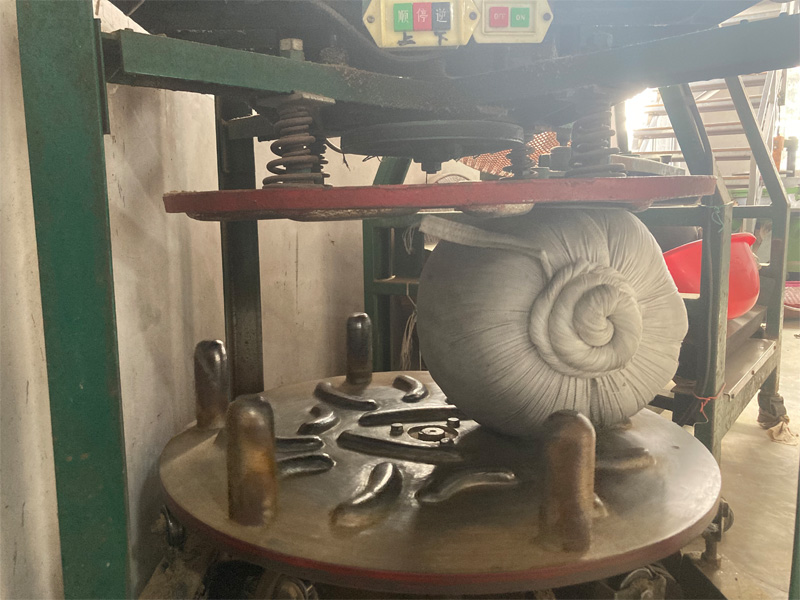
A few balls are made.
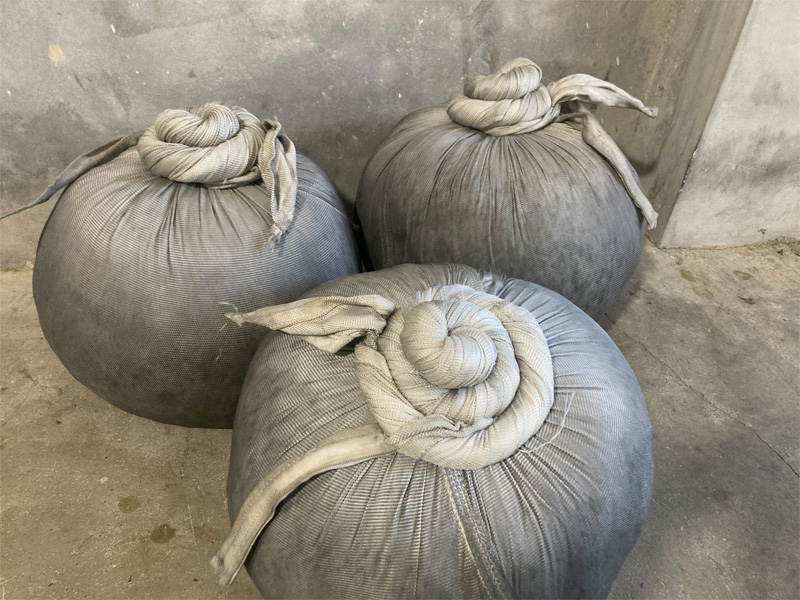
This is the Tie Guan Yin tea ball inside the cloth bag. It weights around 10KG.
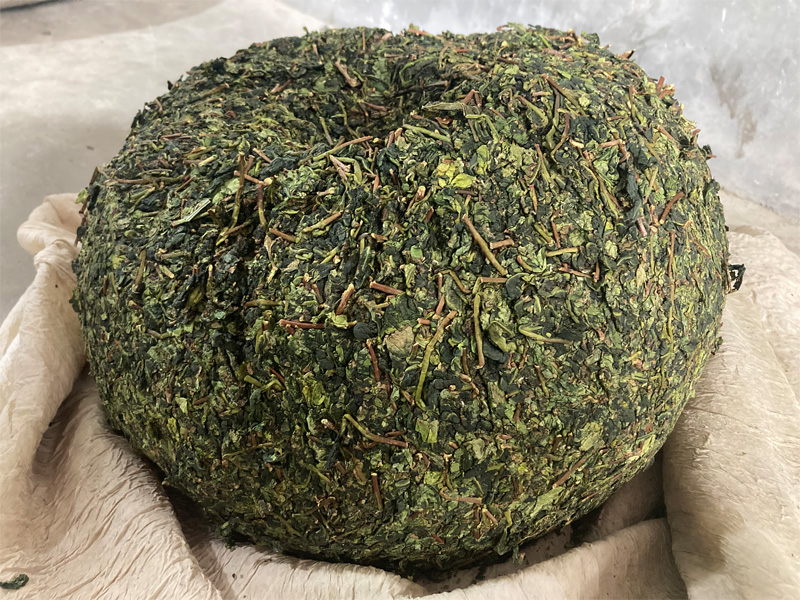
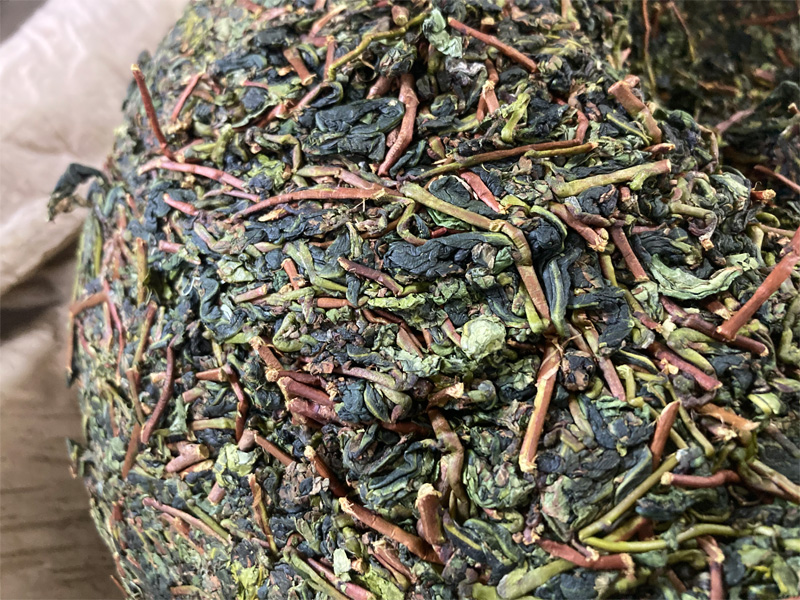
After the 1st time bag rolling, the ball will be sent to the rotation drum for dismissing. And then the bag rolling will repeat.
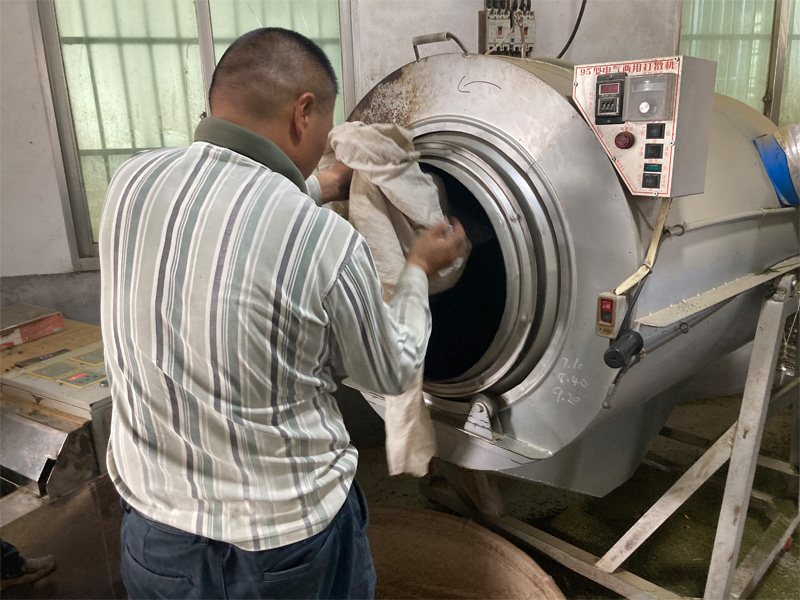
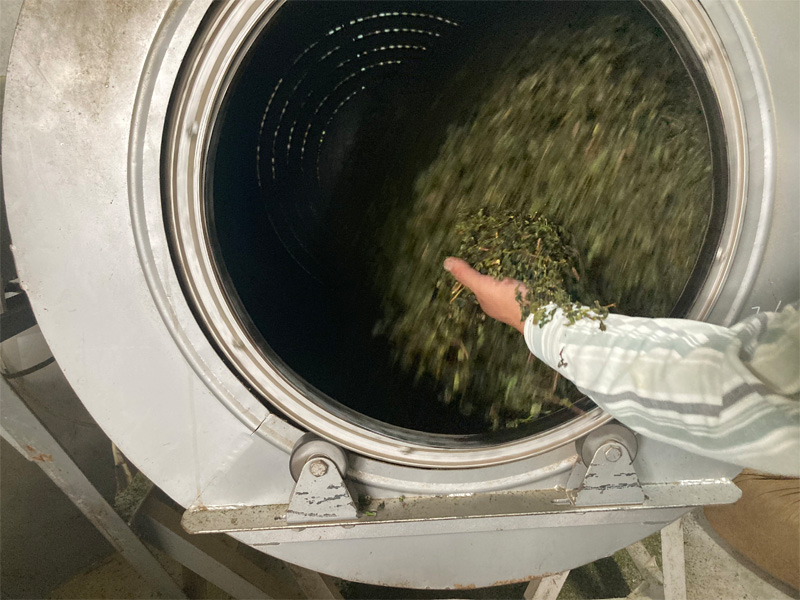
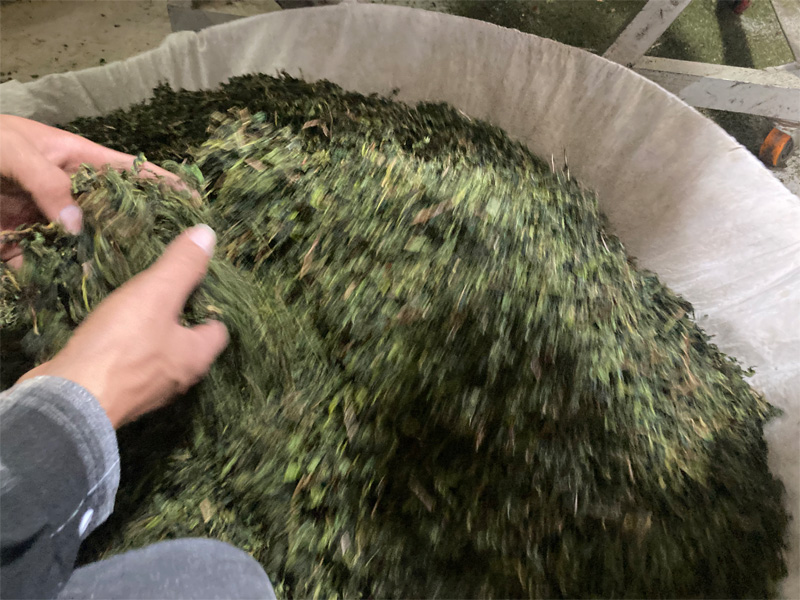
This is the second time of bag rolling.
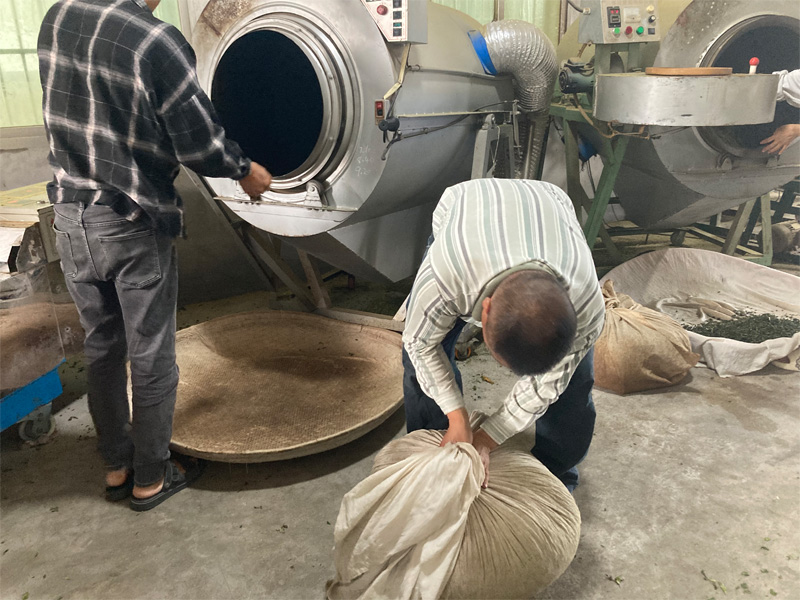
Usually the bag rolling repeats three times, to achieve the tight heavy tea body of Tie Guan Yin.
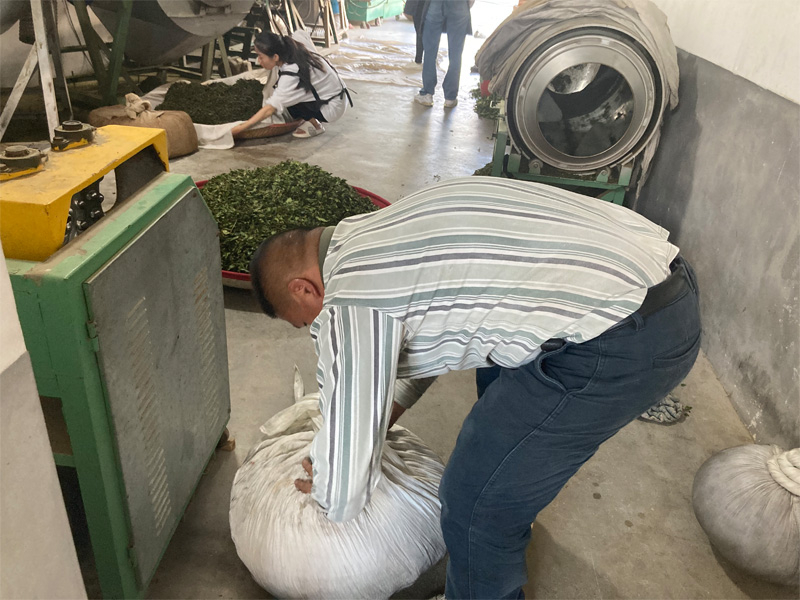
After the bag rolling is done and the tea body is shaped, the tea will be sent for final drying.
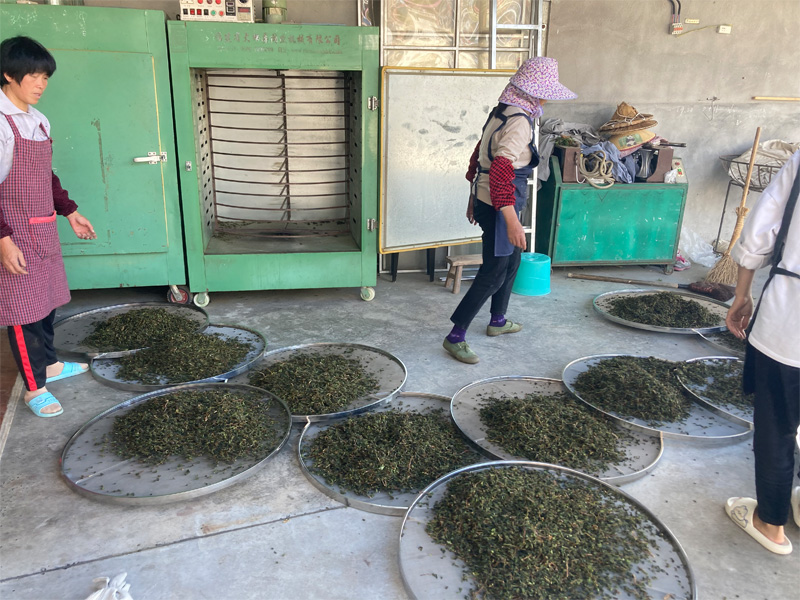
The temperature of drying is set at 70℃, and last around two hours. High temperature of drying is not allowed for qing xiang Tie Guan Yin.
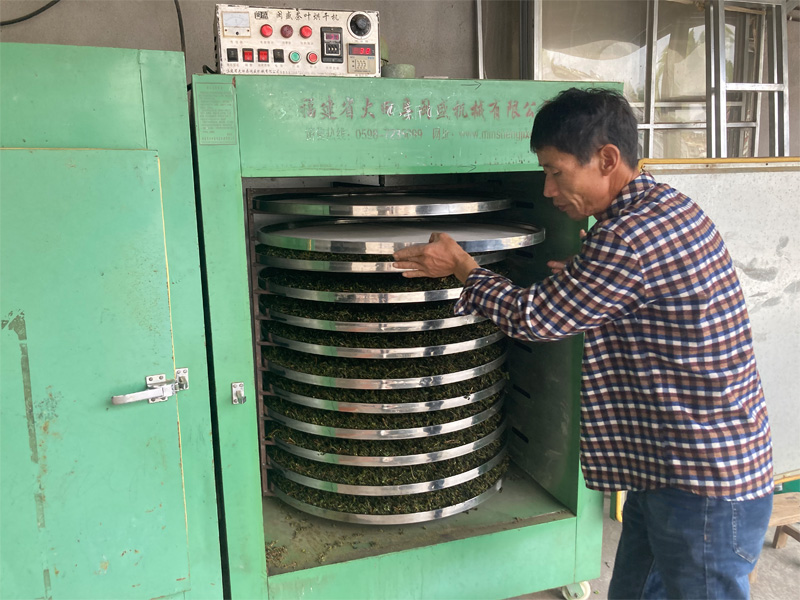
The tea is finally dry.
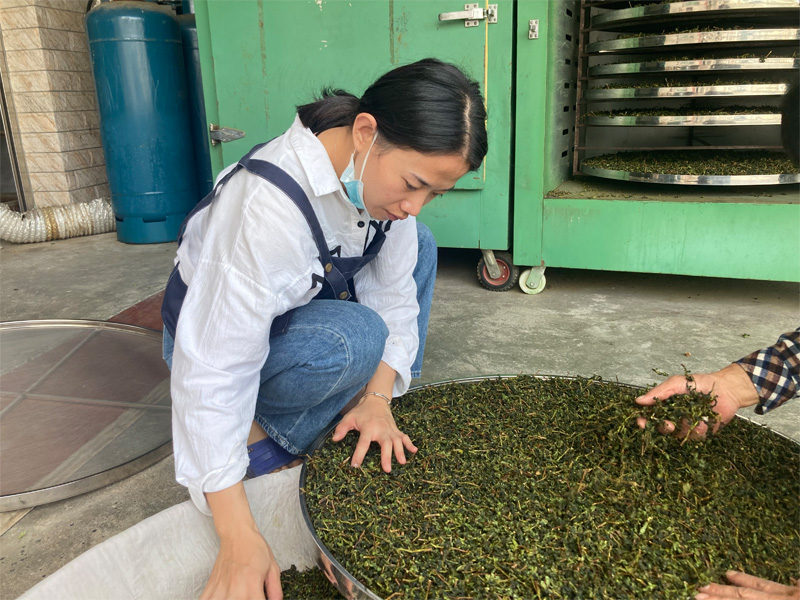
This is Tie Guan Yin mao cha. It stll has a lot of long stalk.
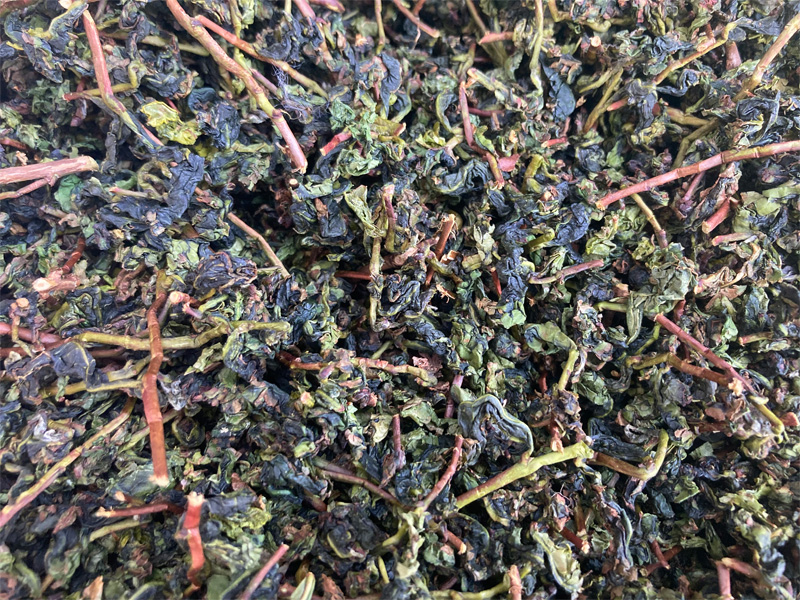
The stalk was sorted out by hand. This is the final product, qing xiang Tie Guan Yin. It has very nice orchid like flavor, and the taste is full-bodied and deep, due to the high mountian growing surroundings and natural farming.
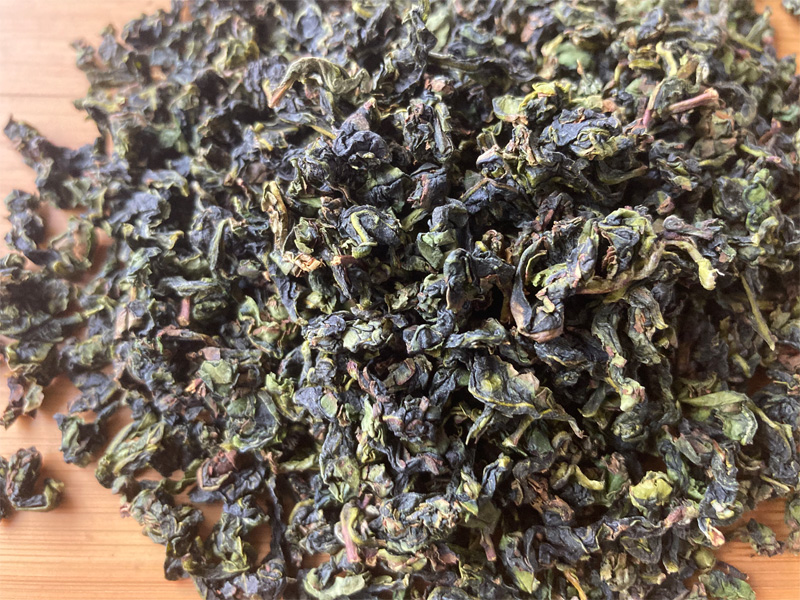
This is the Eurofins test report of it. Around 300 items of chemicals were tested, non-detected.
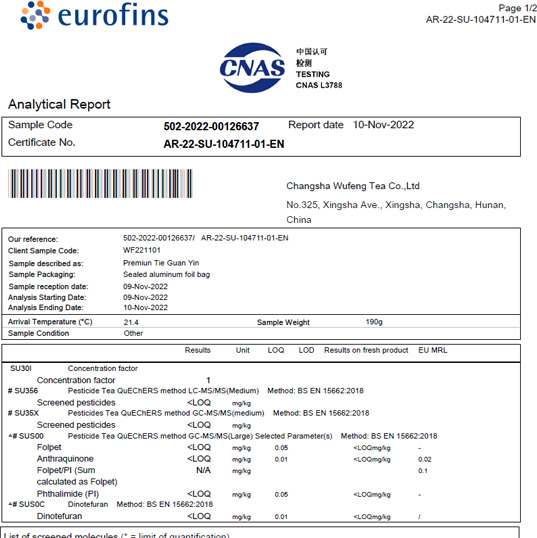
Category: Uncategorized



